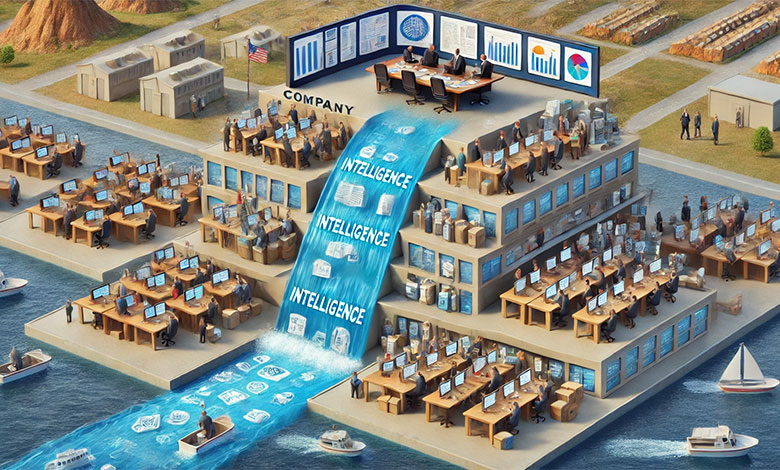This image was generated by AI based on a 20-word prompt.
Welcome to the evolving landscape of AI implementations in enterprise settings—where terms like copilots, crews, and pilots are not just novel, but have become the central focus of discussions around technology adoption. At Connection’s Helix Center for Applied AI and Robotics, we’re deeply engaged in the ongoing debates about the safety and efficacy of AI copilots for enterprise-wide deployment.
Uncertainty Remains a Constant
Much to the dismay of many of our stakeholders, the current answer to whether AI copilots are ready for widespread enterprise use is a cautious “we don’t know for certain.” This might seem unsettling, but it’s a stance grounded in transparency and an honest evaluation of the information available to us. Just half a year ago, our answer would have been a resolute “no.” However, the landscape has shifted as major AI service providers—often referred to as hyperscalers—have started to open up about their processes, infrastructures, and controls.
Despite these advancements, we believe there’s a significant need for greater transparency. This is essential before we can fully endorse the implementation of AI copilots across enterprises.
Data Integrity and Value at Risk
Two main concerns inform our cautious approach:
1. Data Usage and Privacy: The primary issue is understanding precisely how enterprise data is utilized by AI copilot services. There’s an urgent need to establish auditable trails detailing how this data is processed and parameterized by the underlying systems. Practices such as ensuring unique tenancy and avoiding the training of models with customer data are fundamental. At Helix, we aim to comprehensively understand the data lineage within these systems—including how data is consumed, embedded, analyzed, and managed within these AI frameworks.
2. Potential Devaluation of Data: In the haste to adopt AI systems, there’s a risk of diluting the unique value of corporate data. As data passes through third-party systems, its intrinsic value may be diminished if key insights are extracted and utilized elsewhere. We anticipate that once auditing firms begin to assign tangible monetary value to corporate data, they will likely value data that remains within the control of the enterprise more highly.
Before You Leap into AI
Before integrating AI copilots into corporate systems, enterprises must engage in rigorous due diligence with their service providers. It’s crucial to ask the right questions and resist the pressure to adopt features that might compromise the intrinsic value of core data assets. Every organization must assess its own risk and data value propositions carefully.
In conclusion, while the allure of AI in enterprise environments is undeniable, a measured, reflective approach is vital. Consider your organization’s unique circumstances and ensure alignment with your strategic goals before diving into the transformative yet challenging waters of AI implementation. This is not just about keeping up with technological trends—it’s about making informed, prudent decisions that will define the future of your enterprise.
To learn about Connection’s efforts in the AI space, please visit our Helix Center for Applied AI and Robotics.

